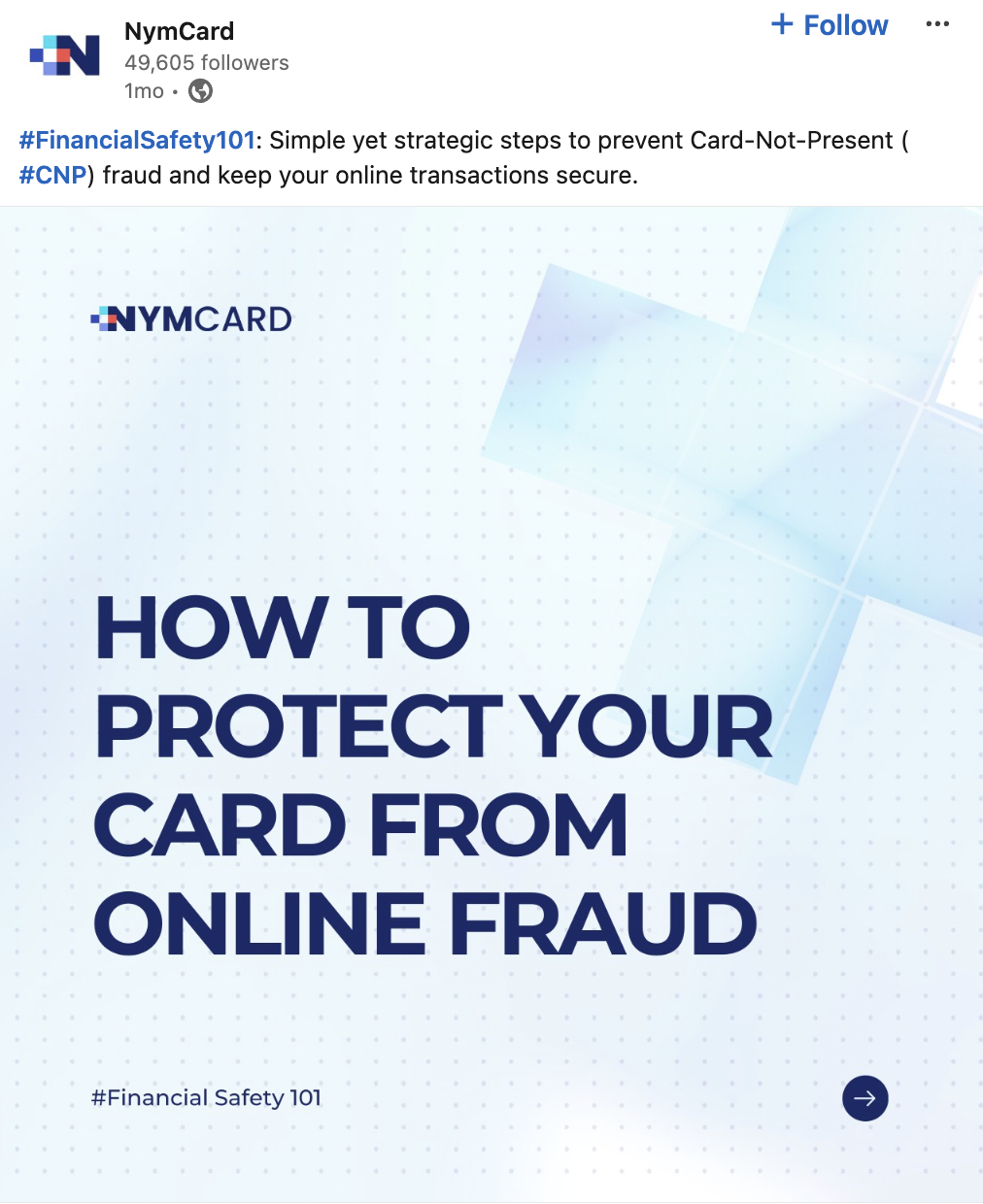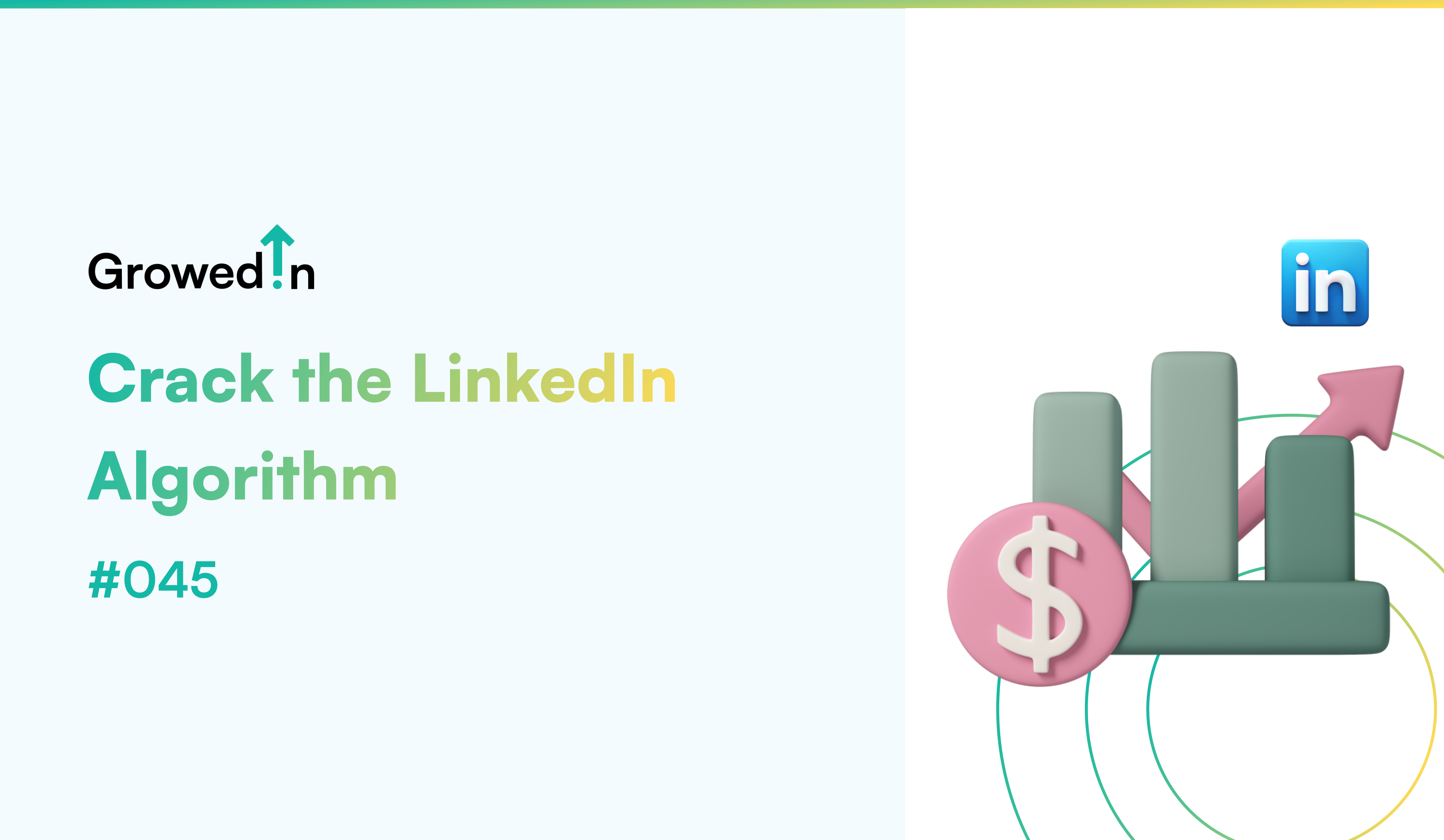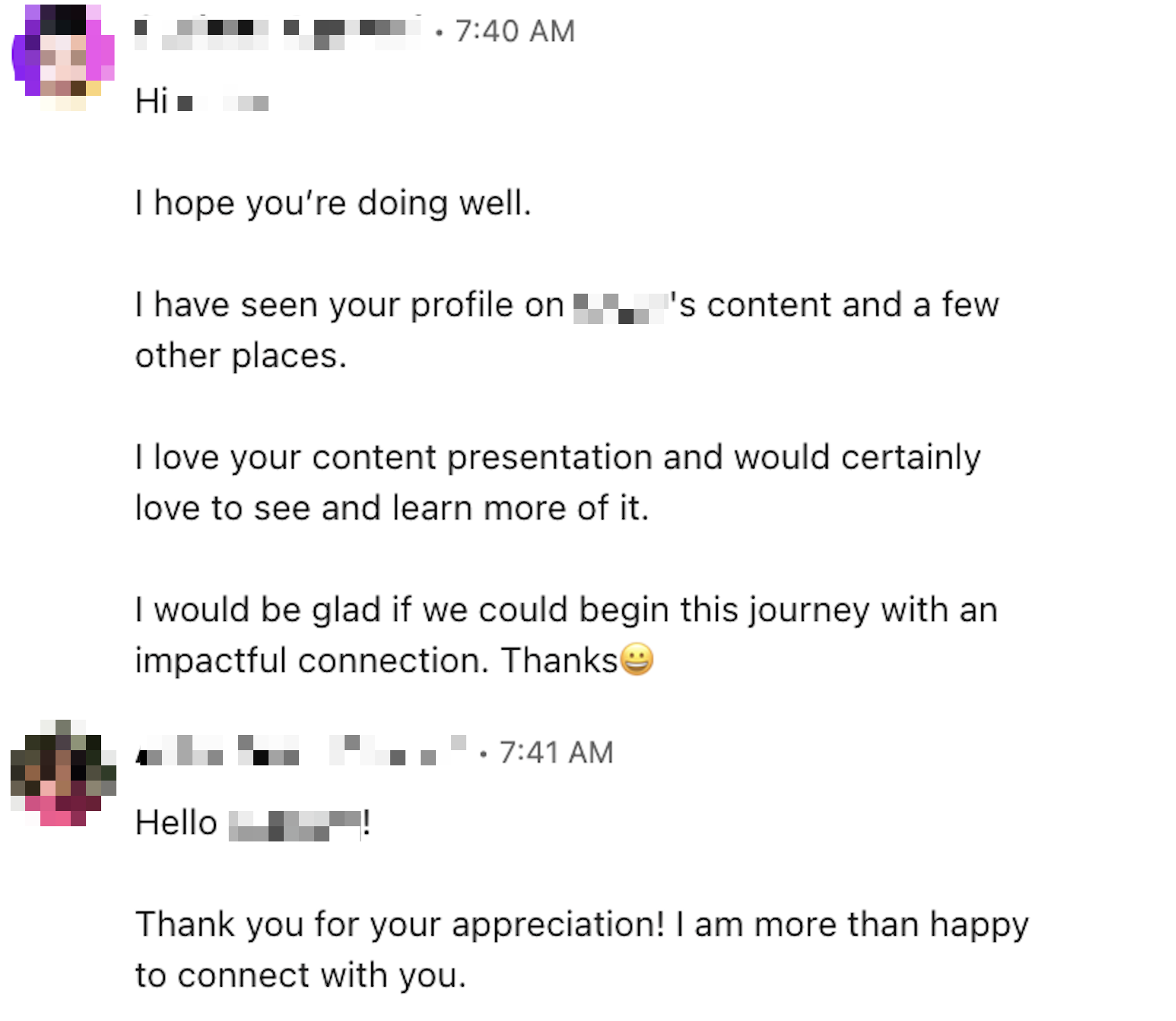#070 - What to Talk About on LinkedIn When You Don’t Love Writing or Storytelling
If you're an operator, you might feel like LinkedIn was made for visionaries.
The platform is full of people sharing stories, ideas, values, and philosophies.
And that’s great — but it doesn’t always reflect how you work.
You solve real problems.
You make decisions that keep things moving.
You quietly build what others talk about.
But when it comes to LinkedIn, you're stuck. You’re not into storytelling and would rather let your work speak for itself.
Here’s the good news:
You don’t need to be a creative writer or storyteller.
You just need a simple way to surface the insights that already live in your day-to-day work.
Operators Have Golden Insights — They Just Don't See It
Operators live inside the how.
Founders talk about vision.
Operators build the machine to make that vision work.
But that’s exactly what people want to learn from.
The key is to shift from:
• “I don’t have stories” → “I solve problems daily. Let me share one.”
• “I’m not good at writing” → “I’ll keep it short and tactical.”
What to Talk About on LinkedIn (With Prompts You Can Actually Use)
Here are 5 repeatable content types with real examples and prompts:
1. The Fix-it Post
Break down a problem you encountered and how you solved it.
Example:
“We noticed our support team was overloaded. 40% of tickets were unnecessary.
We added a ‘Troubleshooting Guide’ in the product flow—volume dropped by 23% in 2 weeks.”
Prompt:
• What was the last bottleneck you cleared?
• What tweak improved a process or metric?
2. Behind-the-Scenes Decisions
People love to learn why decisions were made, not just what they were.
Example:
“We paused hiring for 3 months—not because of budget, but because onboarding was broken.
Fixing onboarding increased new hire ramp-up by 2.5x, and here’s how…”
Prompt:
• What’s a decision you made recently that wasn't obvious to others?
• What data or insight guided you?
3. Playbooks-in-Progress
Share frameworks you use—not perfect ones, just what’s working now.
Example:
“How we run 20-min weekly team huddles that save 6+ hours a week:
Everyone shares blockers.
Prepare a written agenda before the meeting.
No updates, only brainstorming.”
Prompt:
• What’s one workflow, dashboard, or ritual that changed how your team operates?
• How did you design it?
4. 'Not This' Lessons
Highlight mistakes or dead ends and what they taught you.
Example:
“We scaled ops using Google Sheets. Worked till we hit 5 team members. Then it broke.
What we learned: Good tooling early saves you when growth kicks in.”
Prompt:
• What’s something you tried that failed?
• What would you do differently?
5. Internal Docs, External Value
Turn internal work into insights—strip the details, share the logic.
Example:
“We built a ‘Red Flags’ doc for hiring:
- Too many short stints
- Confusing project ownership
- Zero mention of failure
Helped us avoid 3 misfits during hiring.”
Prompt:
• What doc, checklist, or Slack message from your week can be reworded as a post?
• What principle does it reflect?
Operator’s Advantage = Credibility + Clarity
The more grounded your content is, the more trust you build.
• Start with bullet points.
• Don’t polish.
• Just show your brain at work.
TL;DR:
If you're an operator, your best content is:
• Tactical
• Observational
• Rooted in actual work
• Easy to reuse from your daily docs
The best writing is thinking made visible.
You’re already doing the thinking. Why not just document it online?













.png)
























































































































































































































